When the Taliban seized power in Kabul in August 2021, Pakistan’s Interior Minister Sheikh Rasheed Ahmed delivered a triumphant news conference at the Torkham crossing with Afghanistan.
He claimed that the Taliban’s swift ascendance to power would create “a new bloc” and the region would reach great global importance. Imran Khan, Pakistan’s prime minister at the time, equated the Taliban’s return to power with Afghans having “broken the shackles of slavery”.
For nearly 20 years, the Afghan Taliban fought a sophisticated and sustained revolt, confronted – at one point – by a United States-led coalition of more than 40 countries in Afghanistan. In that period, Taliban leaders and fighters found sanctuary inside Pakistan across the regions bordering Afghanistan. Taliban leaders also formed a presence in, and links with, major cities in Pakistan such as Quetta, Peshawar and later, Karachi.
Many Taliban leaders and many fighters are graduates of Pakistani Islamic religious schools, including the Darul Uloom Haqqania, where Mullah Muhammad Omar, the founder of the Taliban movement, reportedly studied. In Pakistan, the Taliban found an ecosystem fostering organic relationships across the spectrum of Pakistani society, enabling the group to reorganise and initiate a lethal uprising that began around 2003. Without Pakistan’s support and sanctuary, the successful uprising by the Taliban would have been highly unlikely.
Given this background, what explains the recent deterioration of bilateral relations, with the Pakistani military conducting air strikes inside Afghanistan this week – only the latest evidence of the tensions between Islamabad and the Afghan Taliban?
Historical and current factors
Afghanistan has a complicated history with Pakistan. While Pakistan welcomed the Taliban in Kabul as a natural ally, the Taliban government is proving to be less cooperative than Pakistan had hoped, aligning itself with nationalist rhetoric to galvanise support from the wider Afghan society. Taliban leaders are also eager to transform from a fighter group to a government, ostensibly an ongoing endeavour, and forging relations beyond heavy reliance on Pakistan.
The Durand Line, a colonial-era boundary dividing the regions and communities between Afghanistan and what is now Pakistan, has never been formally recognised by any Afghan state after Pakistan’s establishment in 1947. The Durand Line is internationally recognised as a border between the two countries, and Pakistan has fenced it almost entirely. Yet, in Afghanistan, the Durand Line has become an emotive issue because it divides Pashtuns on the two sides of the border.
The Taliban government in the 1990s did not endorse the Durand Line, and the current Taliban regime is following its predecessors. In Pakistan, this is seen as a nuisance and a challenge to the doctrine of Pakistan’s ‘strategic depth’ in Afghanistan.
With the Taliban’s success in Afghanistan, the armed rebellion arena has seemingly shifted to Pakistan. There has been a significant spike in militant attacks on Pakistani security and police forces since 2022 – particularly in Khyber Pakhtunkhwa and Balochistan provinces.
Most of the attacks are claimed by Tehreek-e-Taliban Pakistan (TTP), the so-called Pakistan Taliban. TTP and Afghan Taliban carved symbiotic relations for years, sharing sanctuary, tactics and resources, often in Waziristan and other Pakistani regions bordering Afghanistan.
Pakistan treated the Afghan Taliban as ‘friends’ after 2001, partly to weaken any sense of cross-border Pashtun nationalism, and hoping to leverage its influence on the Taliban in developments within Afghanistan and in relations with the US. In 2011, Michael Mullen, the US military chief at the time, stated that the Haqqani Network – a key component of the Afghan Taliban – was a “veritable arm” of the Inter-Services Intelligence Agency (ISI), Pakistan’s powerful intelligence agency. Analysts predicted, as it was feared, that Pakistan’s support for the Taliban to seize power in Afghanistan would lead to a ‘Pyrrhic victory’ with Pakistani fighter groups and other violent nonstate actors feeling emboldened, not weakened, as a result.
The significance and implications of tensions
It is unlikely that the Taliban would accept any Pakistani demands for action against TTP leaders in Afghanistan’s border areas with Pakistan. Crucially, such action would disrupt the Taliban’s equilibrium with TTP and open space for other more extreme groups such as Islamic State Khorasan Province (ISKP). The Taliban leaders are deploying the same logic that Pakistan used for nearly two decades, dismissing demands by the former Afghan government and the US to curb Taliban activities inside its territories. Like Pakistan then, the Taliban now argue that the TTP is an internal Pakistani issue and that Islamabad must resolve its problems domestically.
The Pakistani army will most likely continue bombing the Afghan territory with impunity, faced only with minor international condemnation. There is a growing international precedence, unfortunately. Countries such as Israel conduct cross-border air strikes, claiming security threats. In addition, the Pakistani army, as the long-term guardian of security in the country, is under tremendous pressure to demonstrate tangible action in countering militancy and protecting the country’s infrastructure, including Chinese-invested economic projects in Balochistan. Attacking Afghan territory allows for political messaging to the Pakistani population to centre on an externally enabled ‘enemy’. It also insulates the state from engaging with the growing domestic demands for political and socioeconomic empowerment, especially by Pakistani Pashtuns.
Meanwhile, the Taliban government in Afghanistan lacks resources, an organised army and any meaningful international partnerships to push back against Pakistan’s assertiveness. In March 2024, a senior Taliban military leader stated that the US maintained control over Afghan airspace, explaining the occasional appearance of US drones in Afghan skies.
While the Taliban leaders have promised ‘retaliation’, it is unclear how they can do that against a militarily powerful neighbour that also happens to be their long-term strategic supporter. Pakistan also maintains other levers of influence against the Taliban: Most trade into landlocked Afghanistan flows through Pakistan, and Pakistan has hosted millions of Afghan refugees for decades.
However, Pakistan’s military action inside Afghanistan will fuel anti-Pakistani sentiments among the Afghan population and further alienate Pakistani Pashtuns. As the Afghan case demonstrates, insurgencies feed on societal resentment, deprivation and youth disillusionment.
Solutions require leaders to illustrate boldness to address long-term grievances. A reactionary show of force might make newsworthy momentary gestures, but achieving peace is usually an art of wisdom and patience. Ironically, Pakistan and Afghanistan offer workable pathways for regional economic integration, connecting Central Asia and South Asia regions. Sadly, the lack of political will and vision among leaders for a generation and the securitisation of bilateral relations have hindered prosperity for more than 300 million people in both countries.

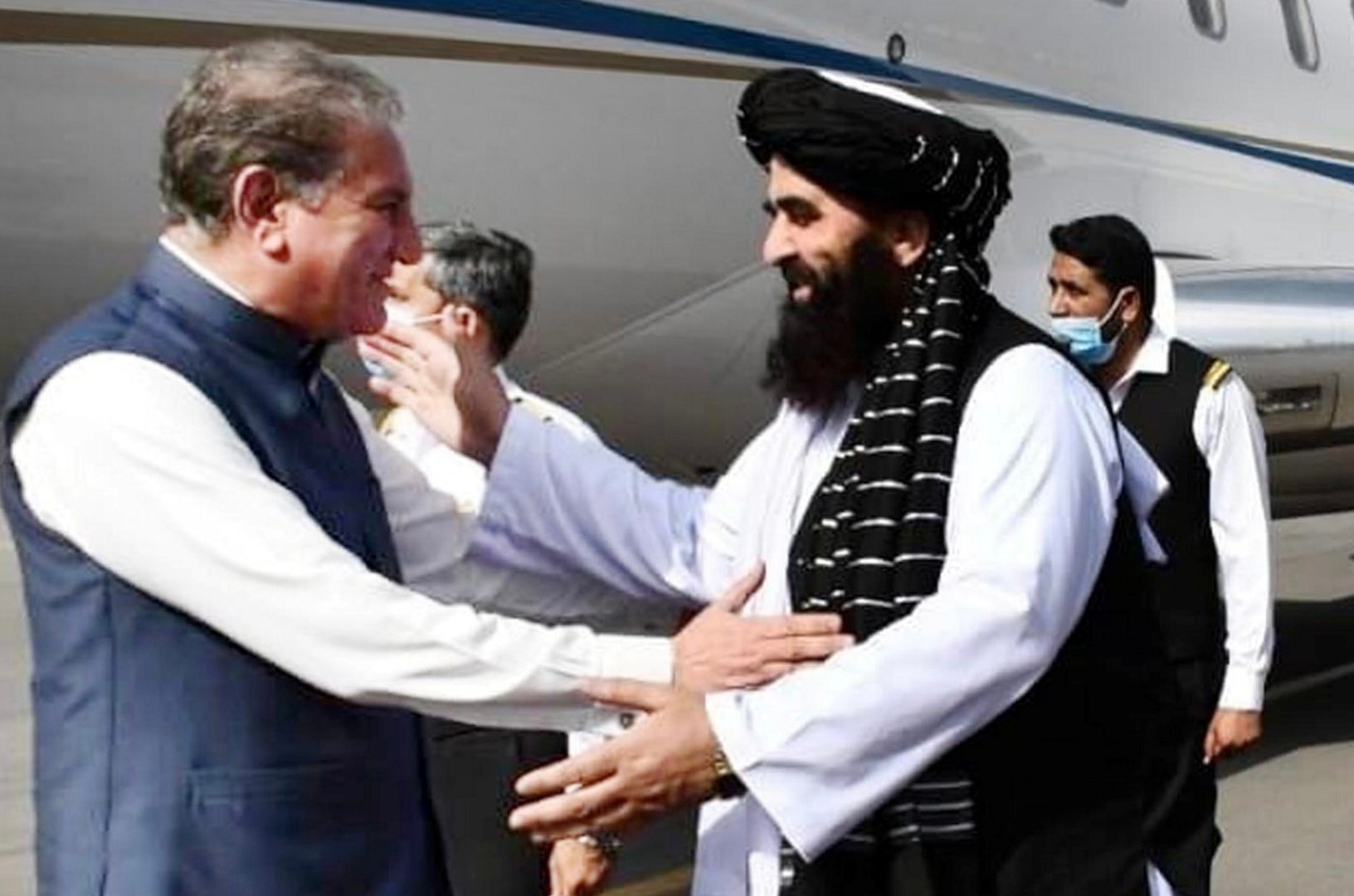
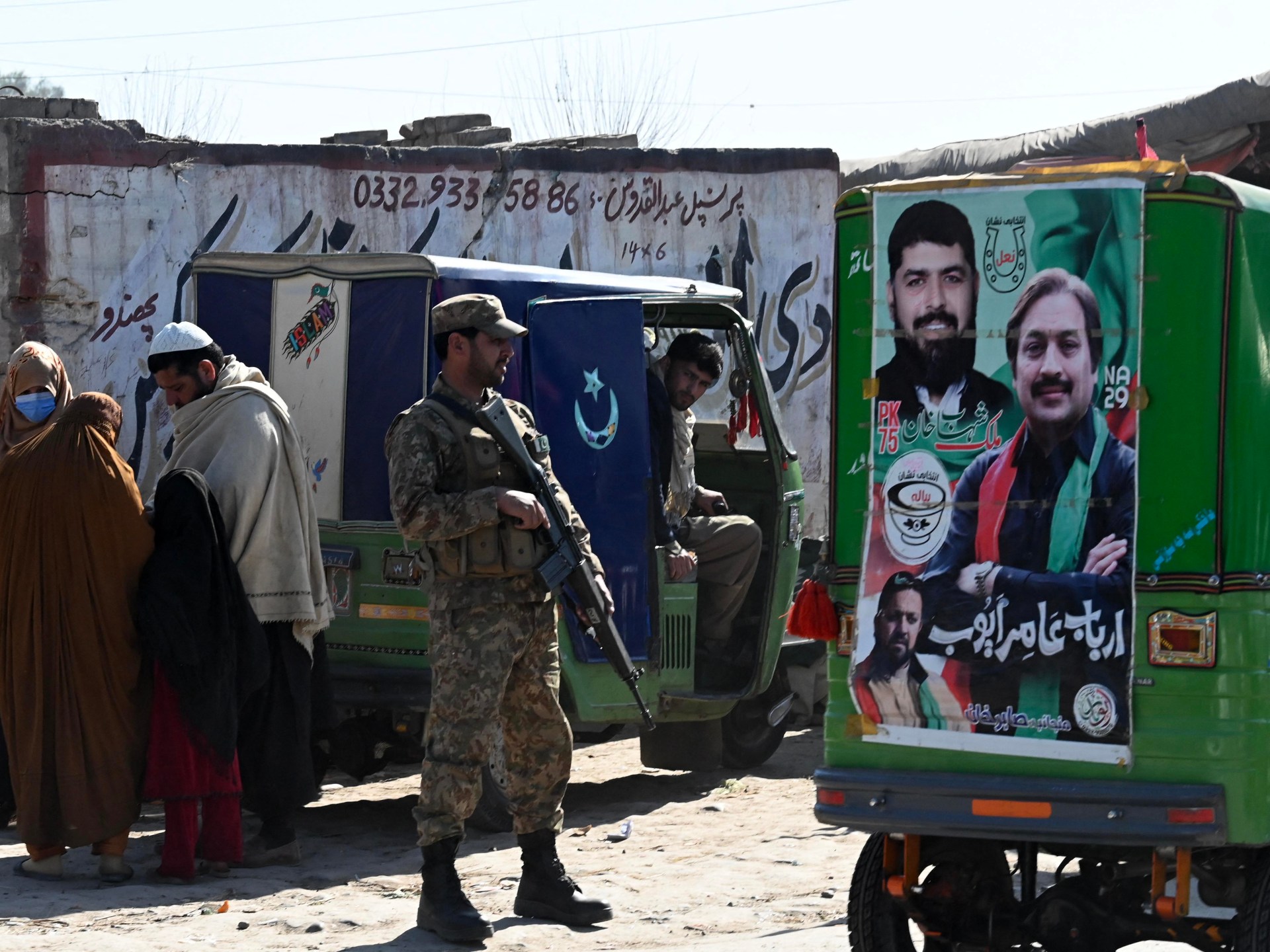
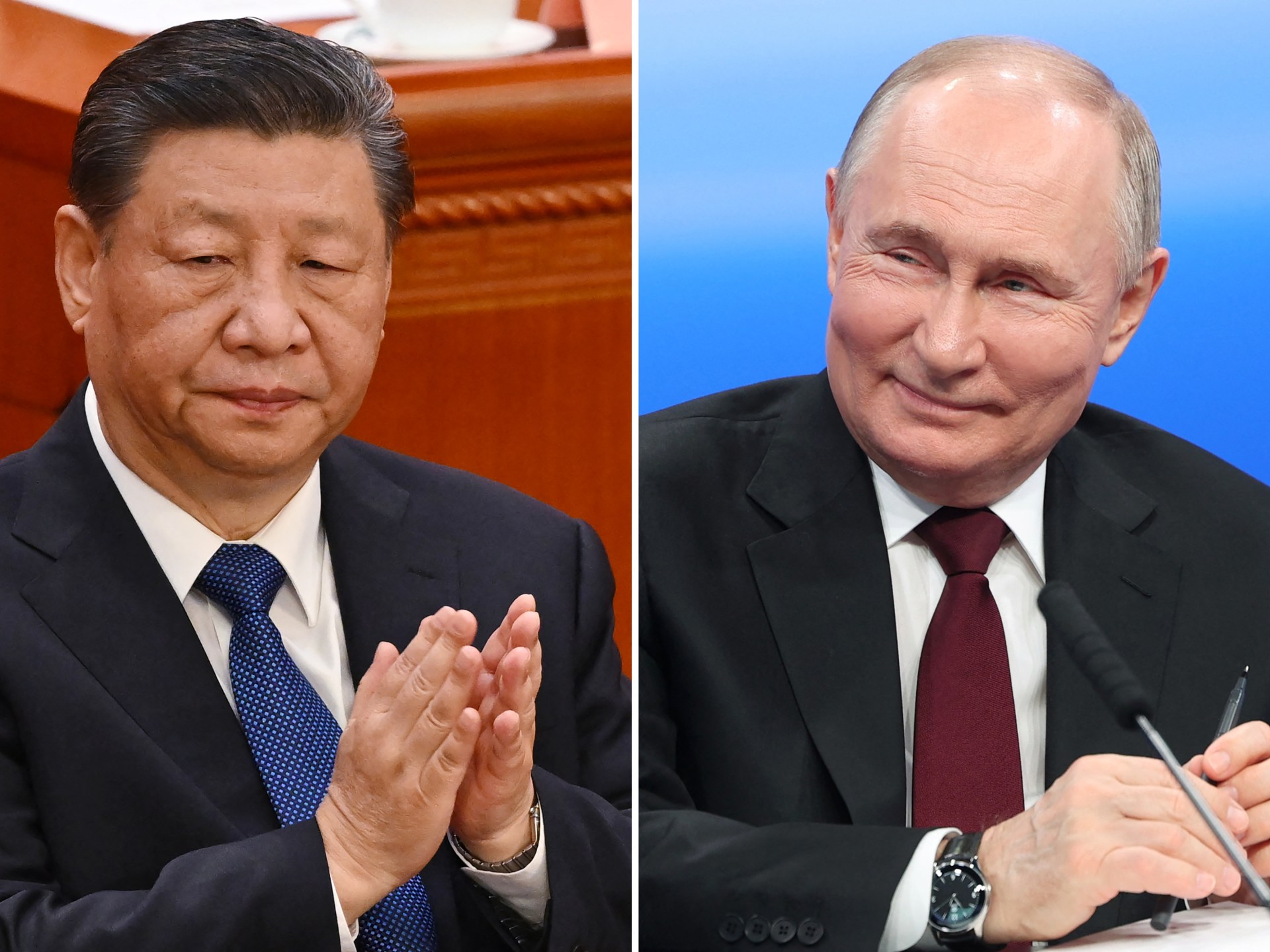
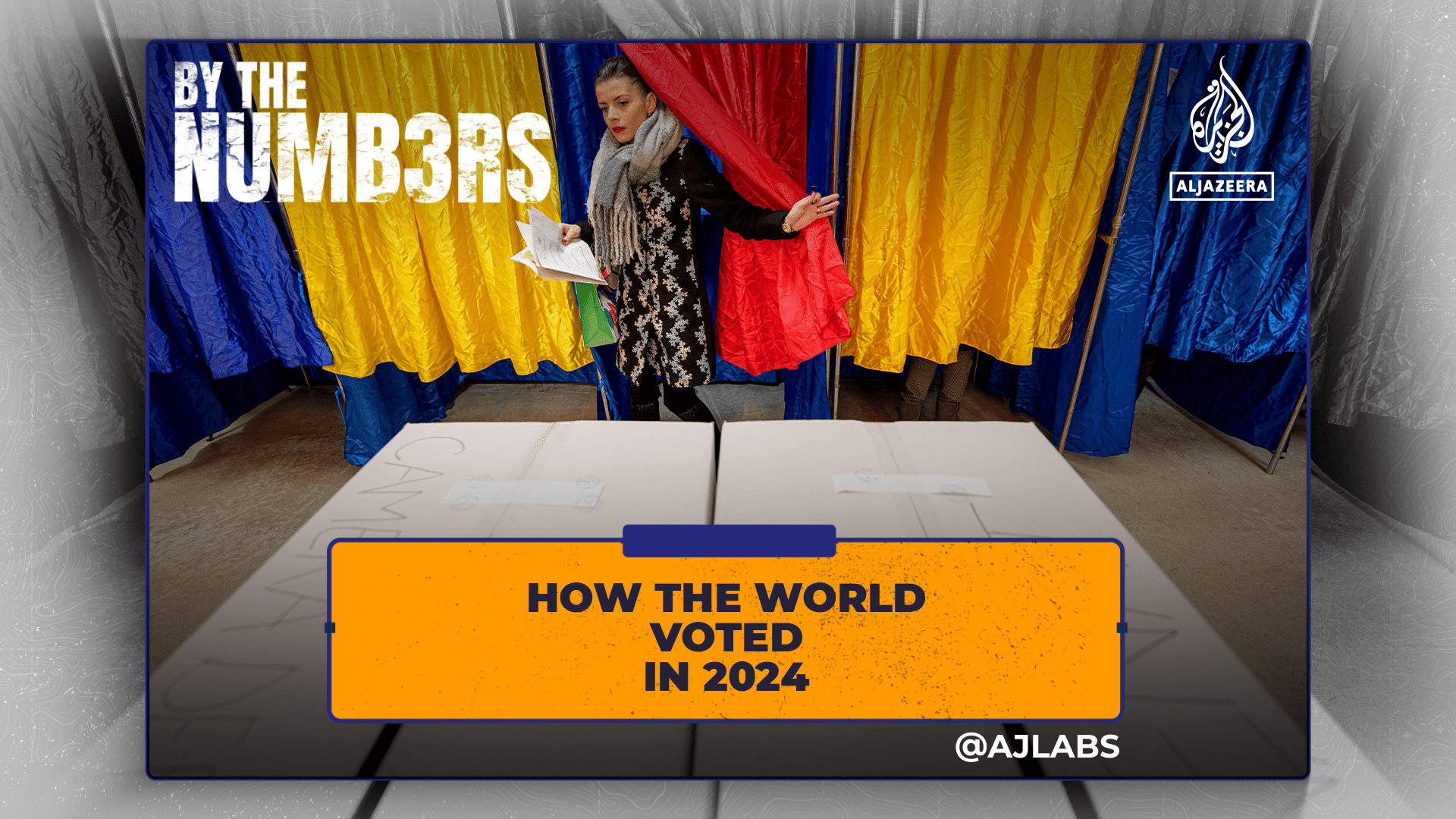


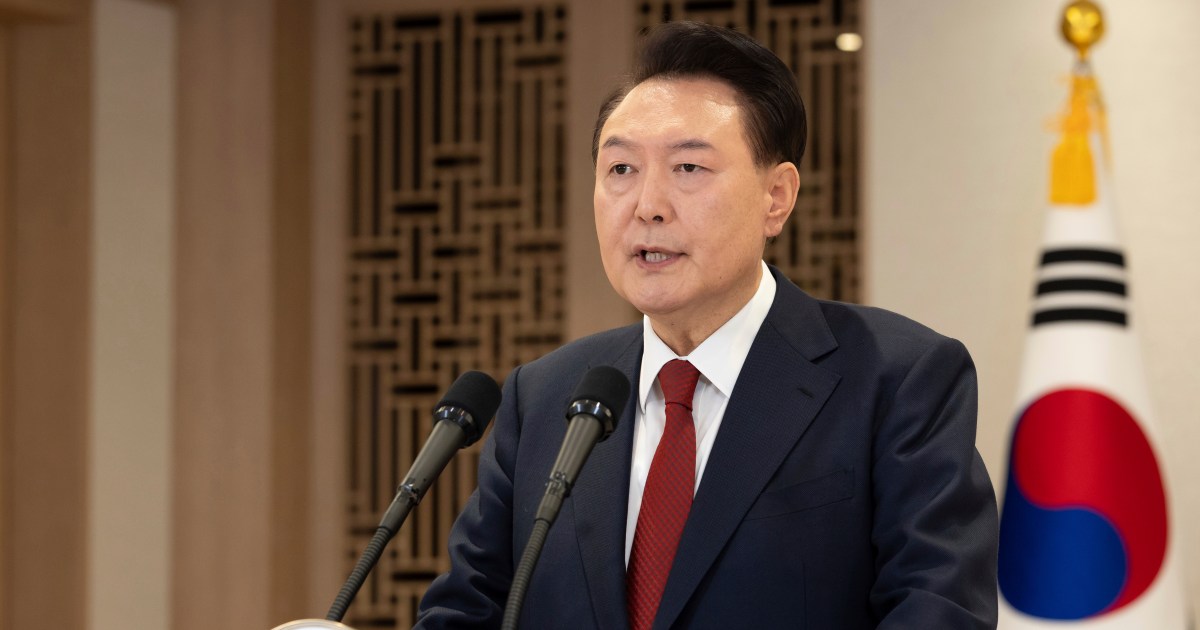

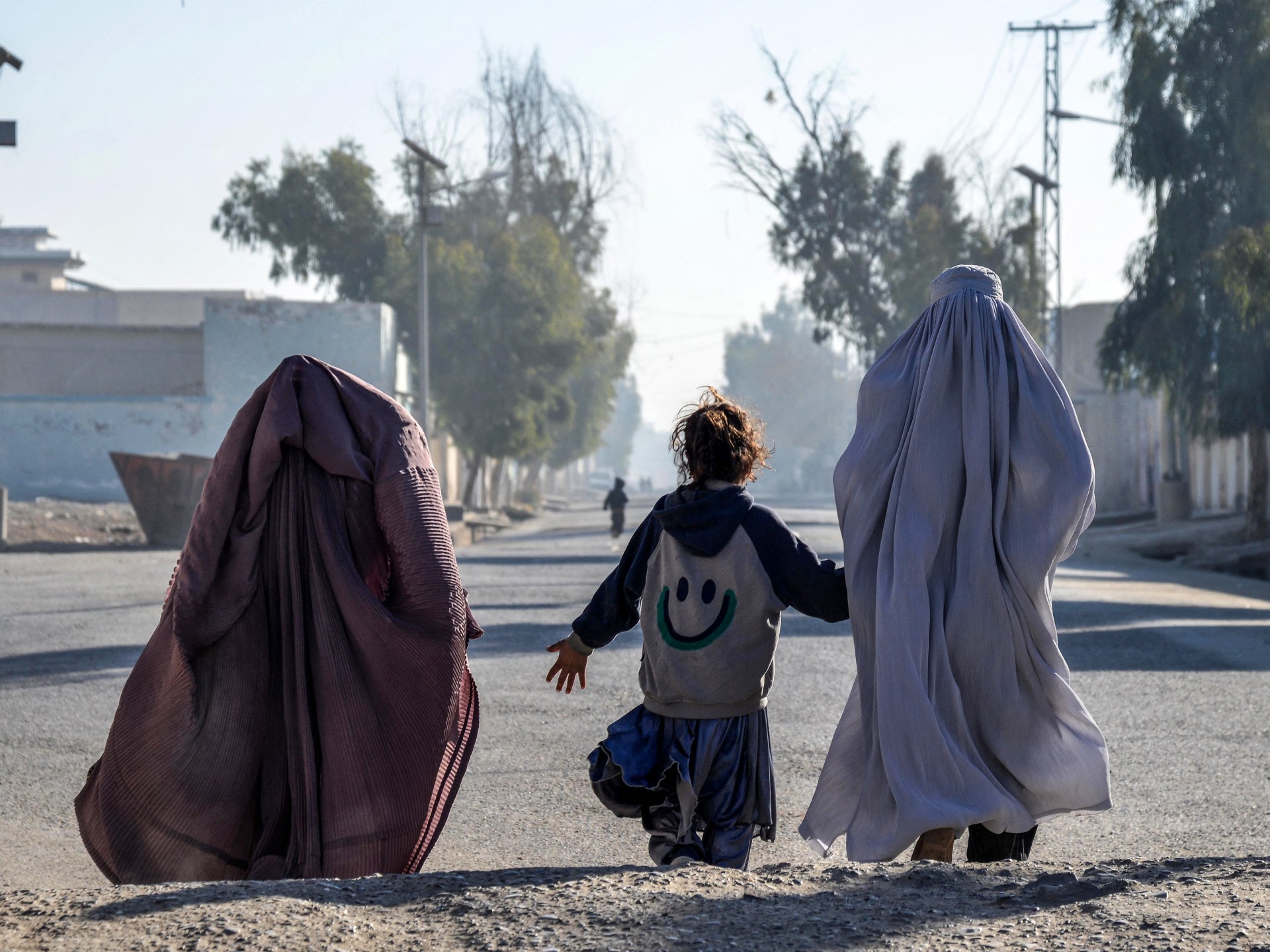
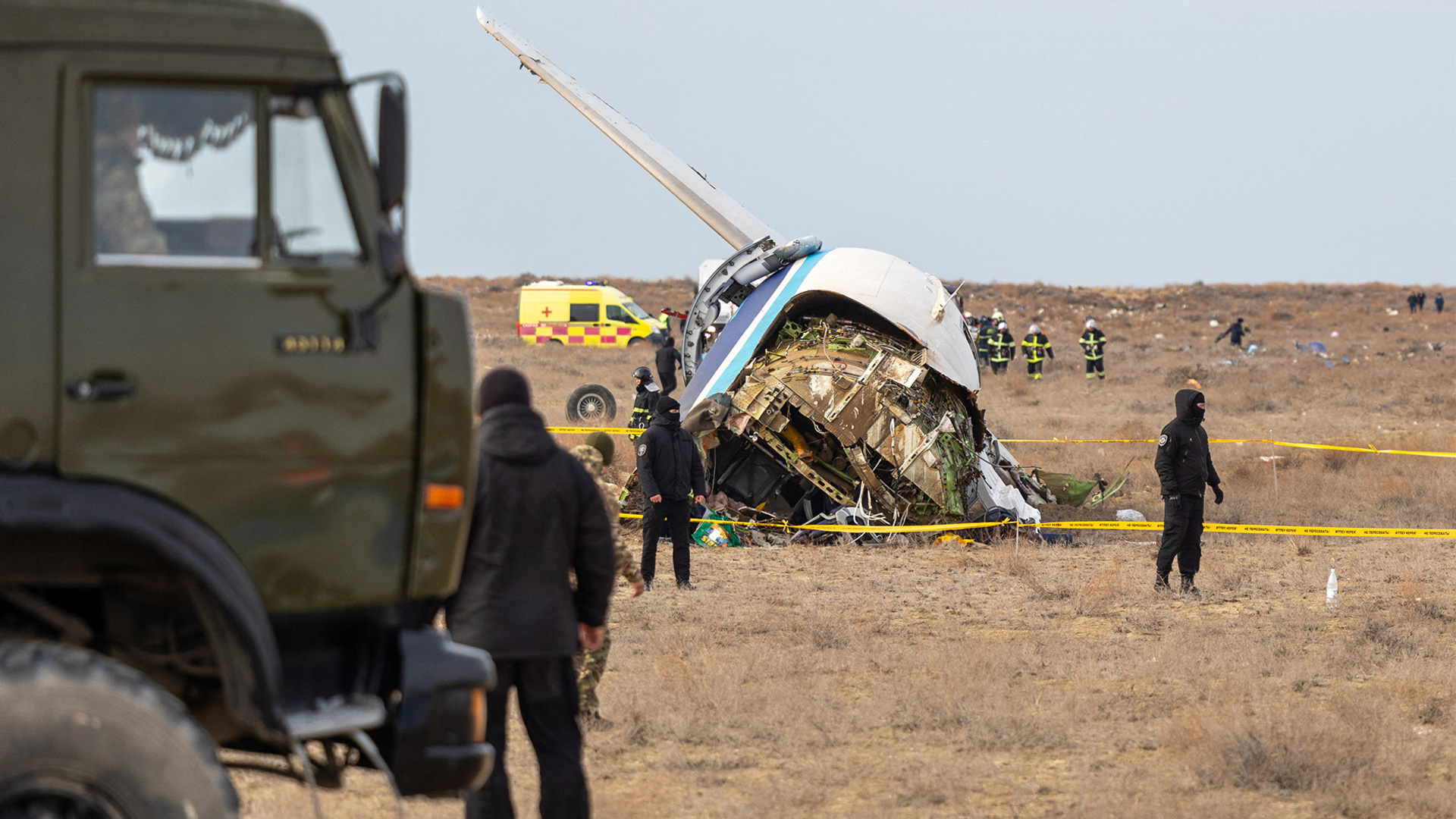
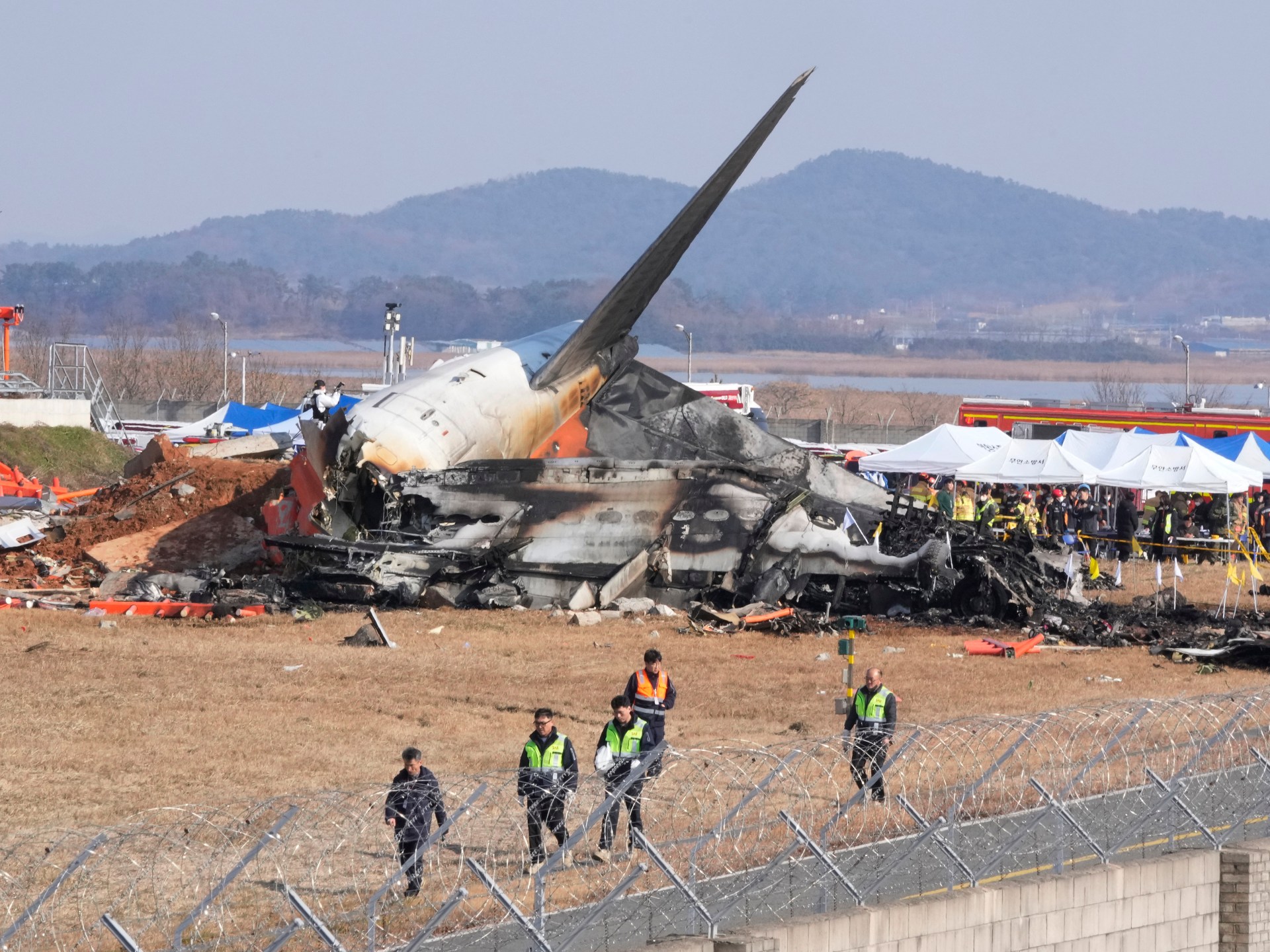
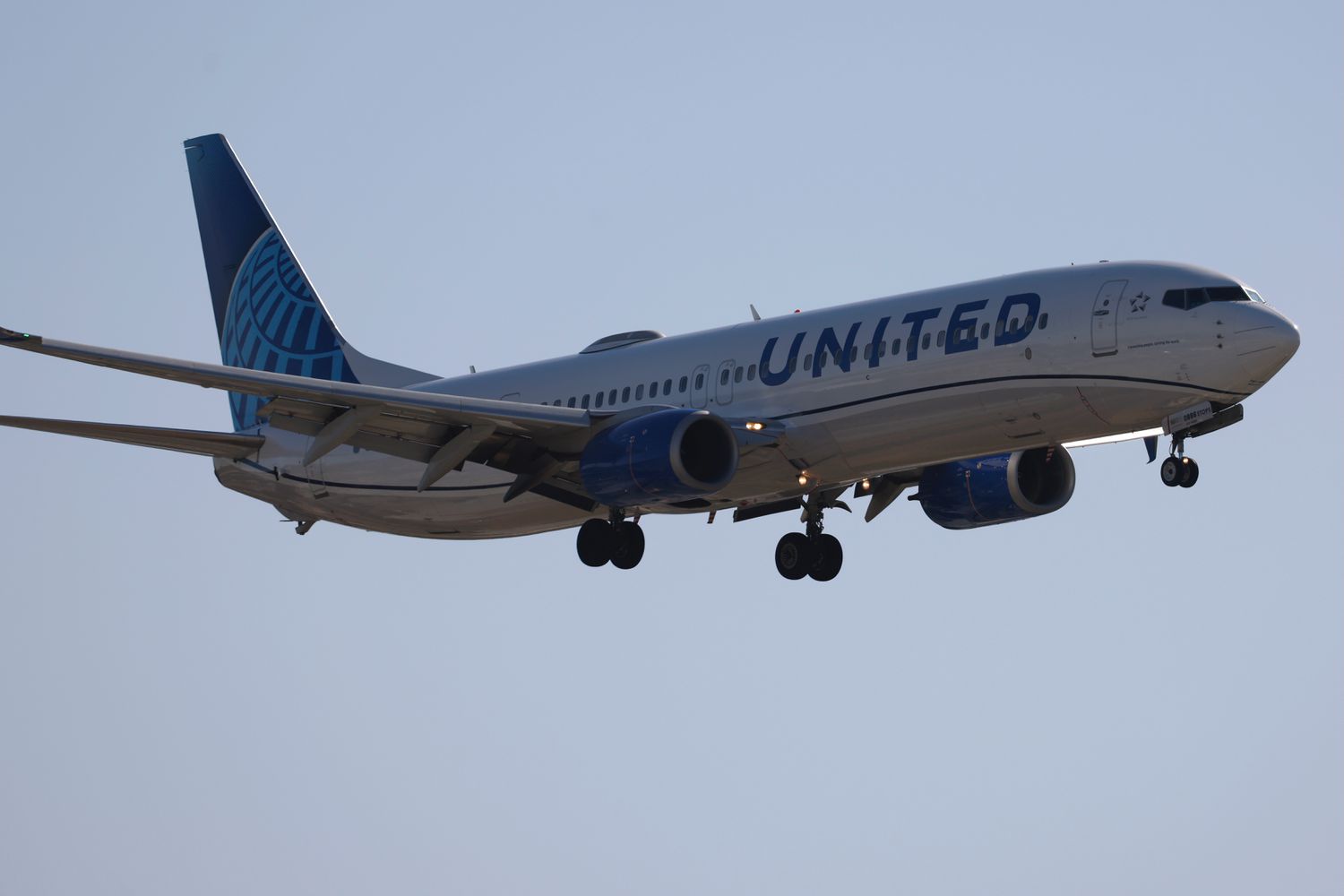


Leave a Reply